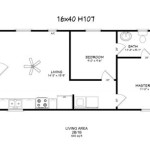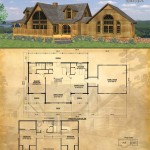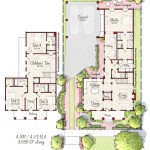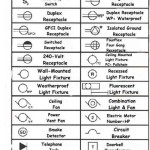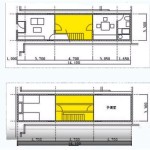Understanding the Essential Aspects of House Plans Elevation
A house plan elevation is a two-dimensional drawing that illustrates the exterior appearance of a building from a specific viewpoint, typically the front, back, or side. It is an indispensable tool for architects, designers, and homeowners, providing valuable insights into the size, shape, and style of a proposed or existing structure.
Creating accurate and detailed house plans elevation requires meticulous attention to various essential aspects, including:
1. Scale and Proportion
The scale of an elevation drawing is crucial for accurately representing the actual size of the building. A consistent scale, such as 1/4 inch or 1/2 inch to 1 foot, allows for precise measurements and ensures that the proportions of different elements are maintained.
2. Line Quality
The line quality in an elevation drawing should be clean and consistent throughout. It helps convey the depth, shadows, and textures of the building exterior. Thicker lines are typically used for structural elements, while thinner lines are employed for details like windows and doors.
3. Dimensioning
Proper dimensioning of an elevation drawing is essential for providing precise measurements. Dimensions should be clearly marked on the drawing and should include overall building height, width, and depth, as well as the dimensions of individual elements like windows, doors, and porches.
4. Materials and Finishes
Elevation drawings should indicate the materials and finishes used on the exterior of the building. This includes identifying the types of siding, roofing, trim, and windows. It also includes specifying the colors and textures of these materials, which plays a significant role in the overall aesthetics of the structure.
5. Shadows and Lighting
Including shadows and lighting in an elevation drawing helps visualize the depth and three-dimensionality of the building. Shadows are typically cast from roof overhangs, porches, and other protruding elements. Accurately depicting shadows provides a better understanding of how the building will interact with natural light.
6. Landscaping and Site Context
Elevation drawings often include the surrounding landscaping and site context, such as trees, shrubs, patios, and driveways. This helps visualize how the building will integrate into its environment and provides insights into the overall outdoor living spaces.
7. Architectural Style
House plans elevation drawings reflect the architectural style of the building. Different styles, such as traditional, modern, or contemporary, have their unique characteristics in terms of rooflines, window shapes, siding materials, and decorative elements. Elevation drawings should accurately capture these stylistic elements to convey the intended design concept.
Conclusion
House plans elevation drawings are essential tools for understanding the exterior appearance of a building. By paying attention to scale, line quality, dimensioning, materials, shadows, landscaping, and architectural style, architects and homeowners can create accurate and informative drawings that facilitate the design and construction process.

Floor Plan Elevation Sample House Plans Building

Scheme Of The Tested Single Family House A Front Elevation B Scientific Diagram

Architecture House Plan And Elevation Complete Drawing Cadbullb Bungalow Floor Plans

Small House Plans Home Plan 3 Bedrms 2 Baths 1355 Sq Ft 136 1017

Small House Left Right And Perspective Elevation With Ground Floor Plan Details Dwg File Simple Plans Open

How To Read House Plans Floor Building In 10 Minutes Archid

3 Bedrm 1831 Sq Ft Craftsman House Plan 109 1013

Help With A House Plan Front Elevation Pro Sketchup Community

How To Read House Plans Elevations

Floor Plan And Elevations For The New House Wildfire Interiors


